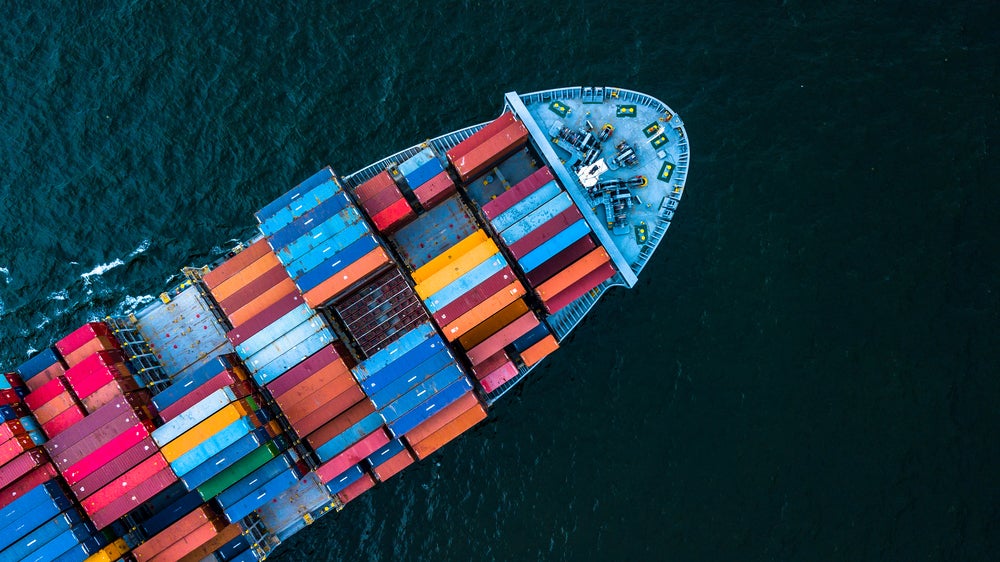
Member states of the International Maritime Organization (IMO), the UN body responsible for the governance of global shipping, have agreed on an updated plan to tackle greenhouse gas (GHG) emissions from the industry.
The revised IMO GHG Strategy, adopted after a series of talks last week at the Marine Environment Protection Committee in London, includes an upgraded target to reach net-zero GHG emissions from international shipping “close to 2050”. This will be achieved in part through an increased uptake of clean or low-carbon fuel alternatives, with an aim to have 5–10% of the industry’s energy mix coming from non-fossil fuel sources by 2030.

Discover B2B Marketing That Performs
Combine business intelligence and editorial excellence to reach engaged professionals across 36 leading media platforms.
The 175 governments that form the IMO also committed to reduce the carbon intensity of shipping by at least 40% by 2030 compared with 2008 levels. This includes a total annual GHG reduction within the industry of between 20% and 30% by 2030 and 70–80% by 2040.
IMO secretary-general Kitack Lim said in a statement: “The adoption of the 2023 IMO Greenhouse Gas Strategy… opens a new chapter towards maritime decarbonization. At the same time, it is not the end goal, it is in many ways a starting point for the work that needs to intensify even more over the years and decades ahead of us.
“Above all, it is particularly meaningful, to have unanimous support from all Member States. In this regard, I believe that we have to pay more attention to supporting developing countries… so that no one is left behind,” he added.
Pressure to impose a carbon levy on the international shipping industry has been growing since the beginning of this year. The money raised from a tax on carbon emissions could be used to fund climate mitigation and adaptation. According to estimates from the World Bank, a carbon tax on global shipping could raise $40bn–$60bn per year. The IMO strategy delayed decisions on a carbon levy but concluding talks did not entirely scrap the idea.

US Tariffs are shifting - will you react or anticipate?
Don’t let policy changes catch you off guard. Stay proactive with real-time data and expert analysis.
By GlobalDataWhile the revised strategy does tighten emissions reduction targets, environmental campaigners are disappointed with the vague net zero by 2050 commitment, as well as potentially conservative emissions targets for 2030. A report published last month by research company CE Delft found that the international shipping industry could reduce its emissions by up to 47% by the end of the decade at an additional cost of 6–14% on average relative to business as usual.
Ana Laranjeira, shipping manager at environmental justice NGO Opportunity Green, said in a press statement: “This week had everything to be a historical moment. The last chance for the IMO to align with the Paris Agreement temperature goal of 1.5°C, vital to secure a just and equitable transition for the world’s most vulnerable nations, and protect our global biodiversity, such as the world’s coral reefs which will cease to exist in a world above this temperature threshold.”
“This agreement does not get us anywhere near to 1.5°C. We need to continue to work to decarbonise international shipping in a just and equitable manner as soon as possible,” she added.





